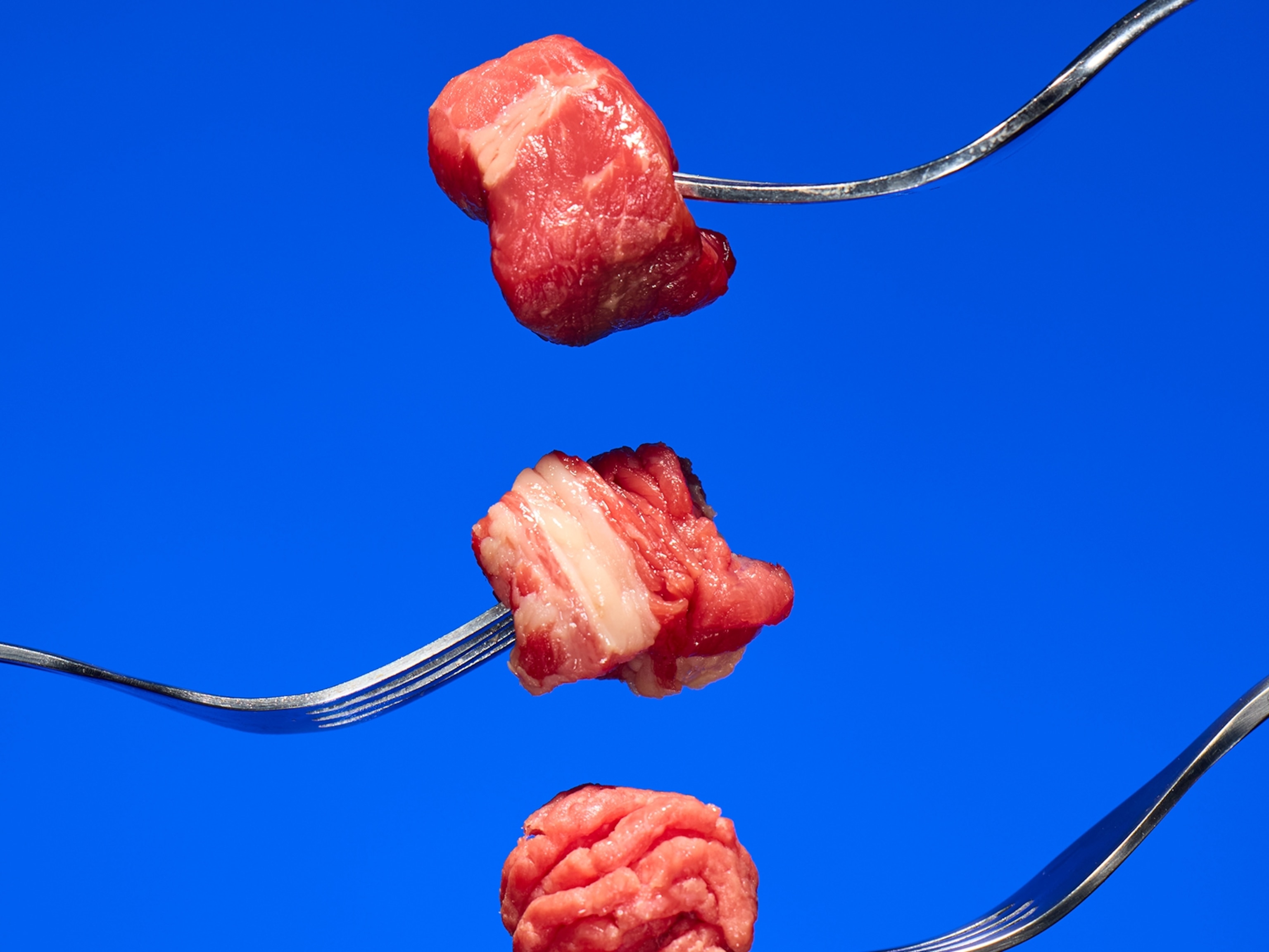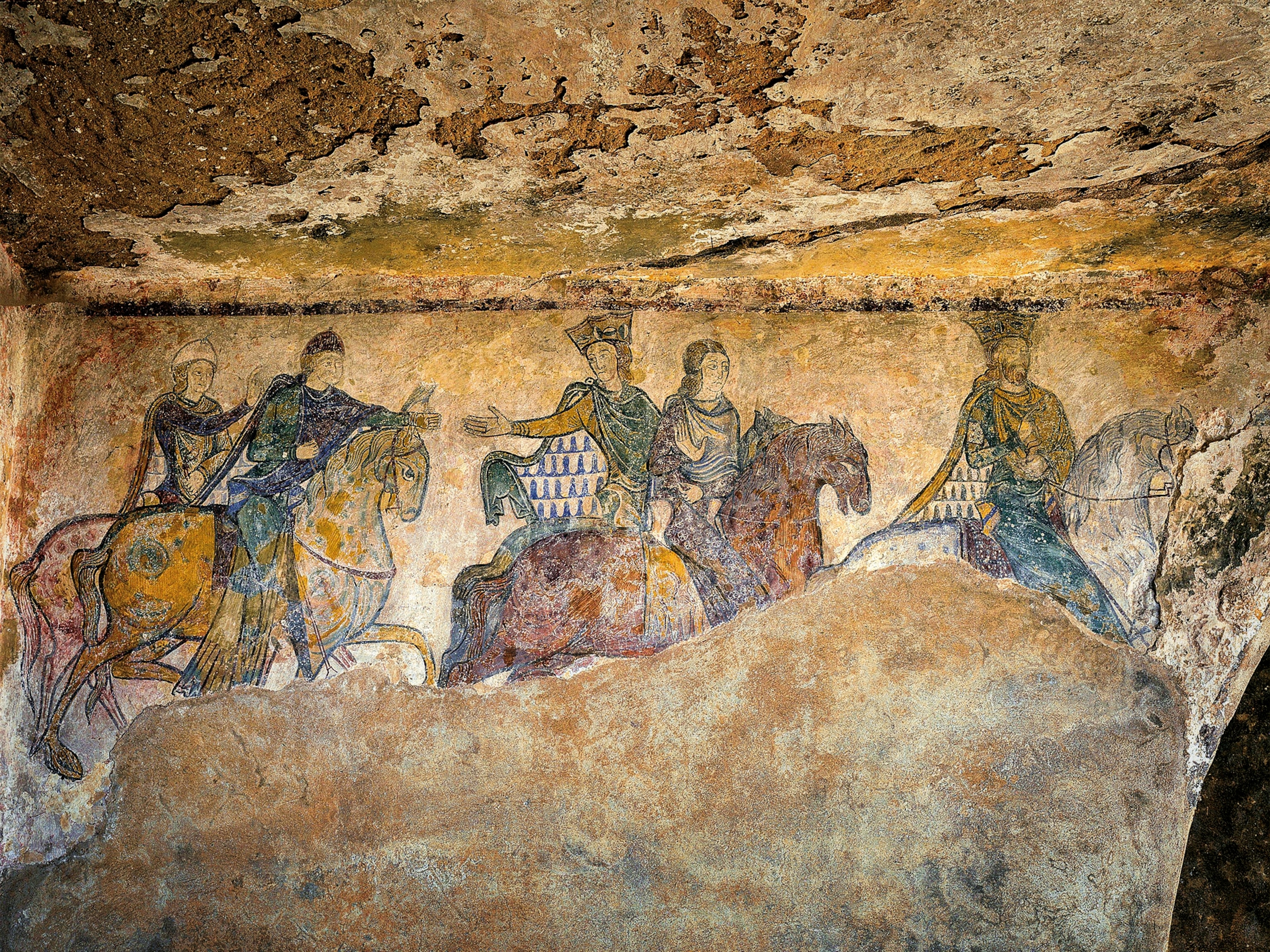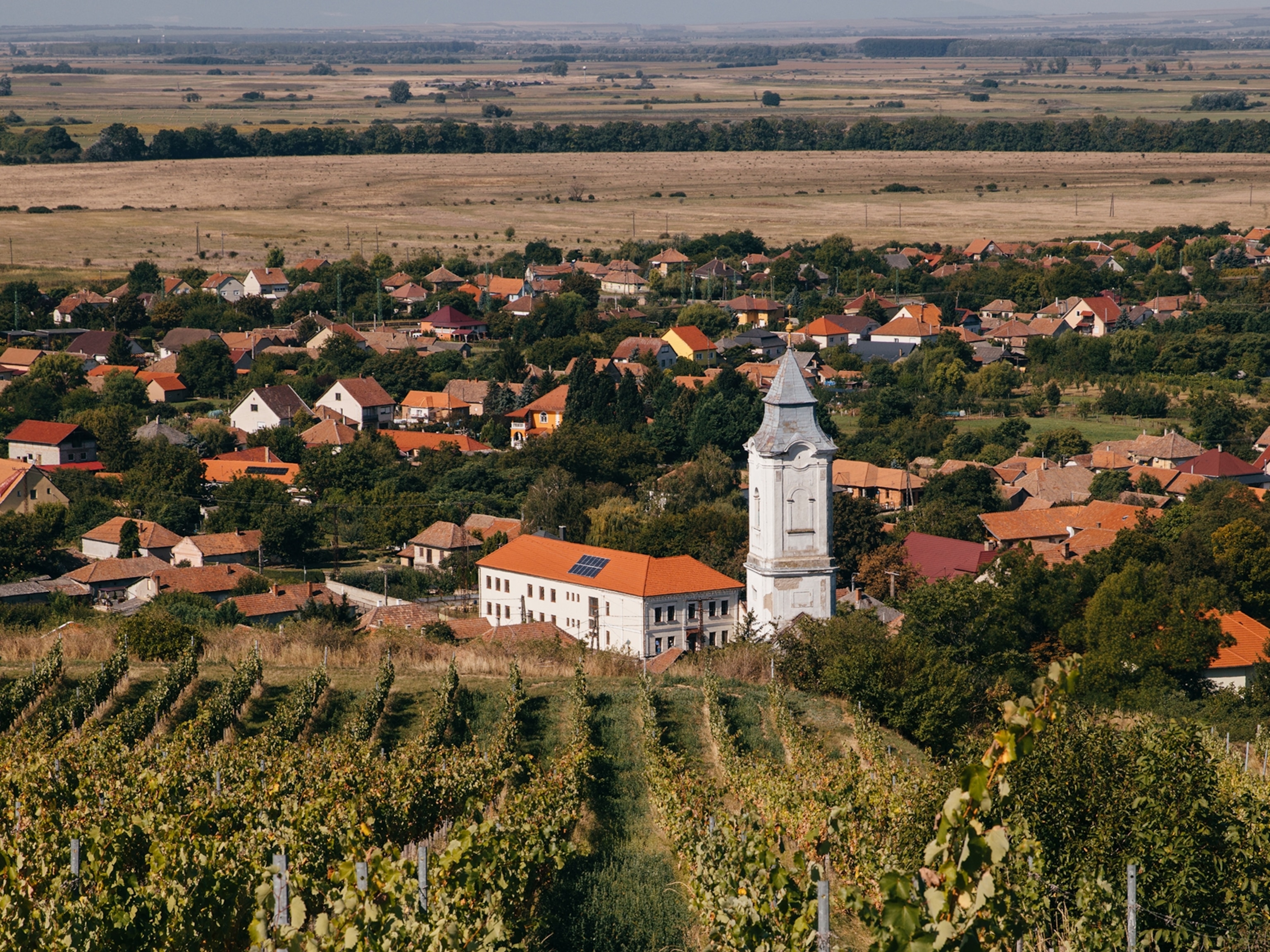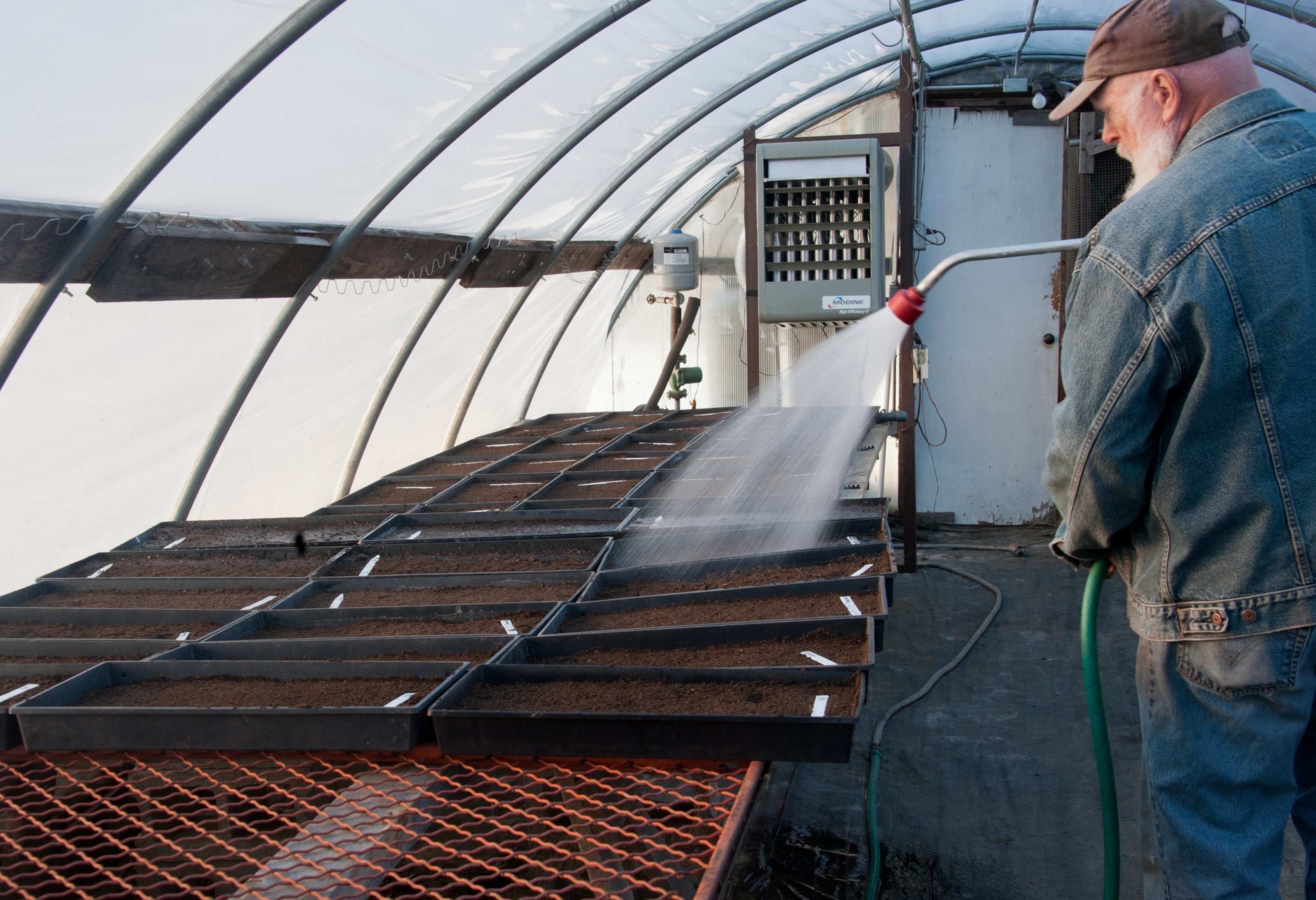
Big-Government Programs for Small Farmers
Sometimes I love being a taxpayer; ok, sometimes I don’t mind.
The United States Department of Agriculture earlier this year rolled out a series of programs aimed at supporting small-scale farmers and farmers who are part of their local food system. We can all imagine a thousand reasons (most political) that such program are implemented. But let’s assume positive intentions and focus on the reasons and effects that involve a sincere government attempt to mend a broken food structure that cannot healthily feed a planet growing to 9 billion by 2050.
Back in April,
in grants to train new farmers, addressing an urgent need considering our country’s aging farmer population. The Department predicts an 8 percent decline in our agricultural workforce in the decade ending in 2018, due to the increasing average age of US farmers. Secretary Tom Vilsak declared that small and mid-sized producers are
“critical to our country’s agricultural and economic future.”
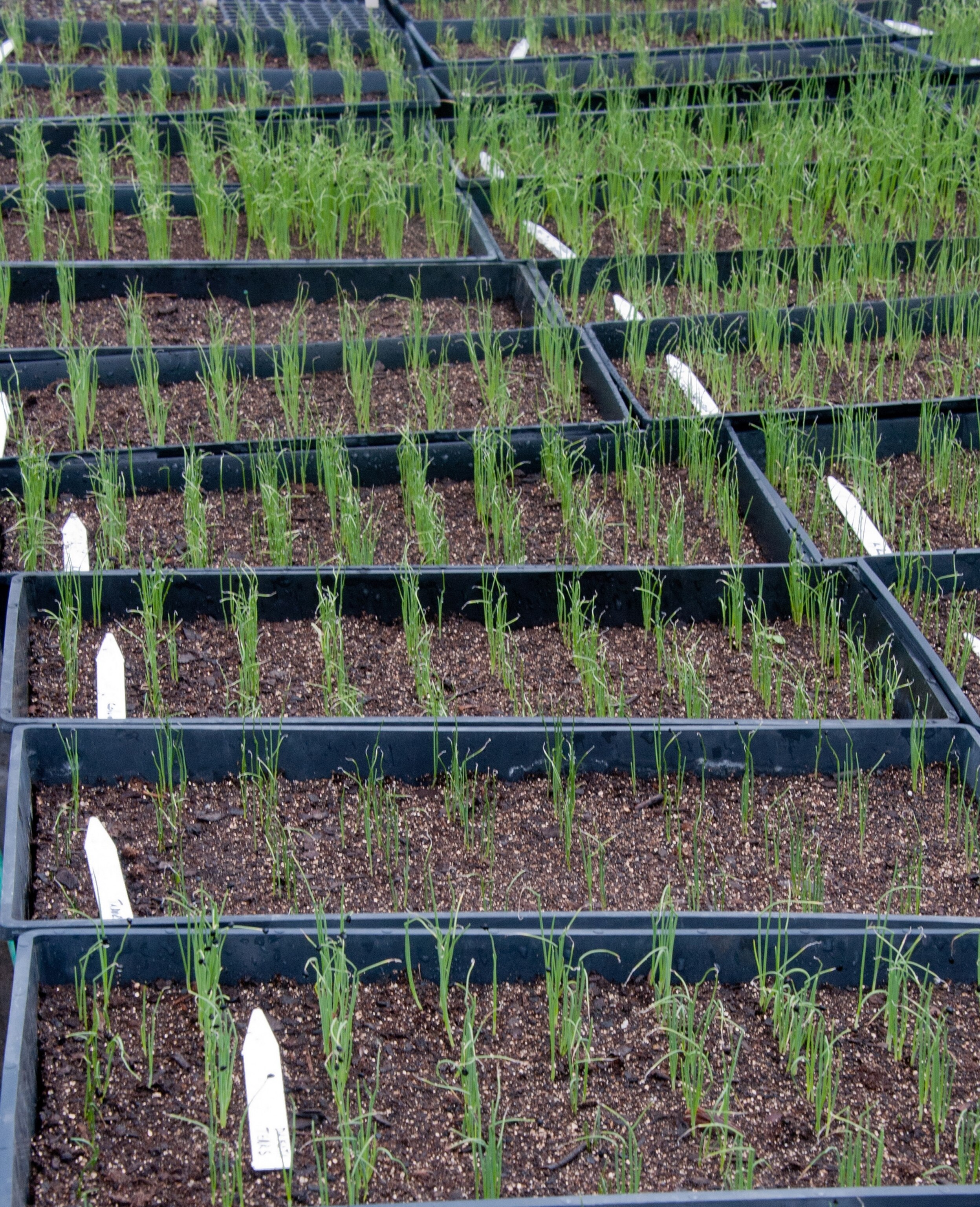
Small farm operation is a business that is literally dependent on which way the wind blows. It requires a diverse set of skills equal to owning any other independent business, from management to bookkeeping to watching for regulatory changes—in addition to embracing the back-breaking work that actually turns a profit. It requires a certain grit and spirit to dedicate one’s life to agriculture, which is why farmers maintain a mythical, vaulted place in the American imagination (and our tax codes).
Five years ago, the National Young Farmers Coalition sprouted up as an organization dedicated to a new generation of farmers. Most interesting about NYFC is that its mission doesn’t stop at the niche of being “young,” as it easily could to be a bigger-tent consortium. It further embraces sustainable farming, fair labor practices, affordable farm land, and including
farmers of “every race, gender, and sexual orientation.”
Groups like this could be fertile ground for new ideas about responsibly feeding 9 billion people well, and hopefully the USDA grants will begin to foster those ideas.
The USDA Grass Fed Program is another initiative to assist small-scale producers, creating a
. Grass-fed beef is a darling of the small-farm set, because the animals are generally allowed to roam and graze, which results in happy animals who are typically not given antibiotics or hormones and
better environmental farming practices
(including reduced greenhouse gases and
). Farmers can charge a lot more for grass-fed beef because of its health benefits over the traditional grain-fed beef that dominates the market—the former has up to half the fat, fewer calories, and extra omega-3 fatty acids.
The USDA Certified Grass-Fed Beef label is highly financially valuable but, as with organic certification, many small-scale producers do not go through the verification system—even if they are in full compliance with the standards—because the prohibitively high cost and time investment. The new modified system for grass-fed certification has lower fees and a simplified inspection process.
USDA is often criticized that its focus is on large farms and agribusiness policy, at the expense of small farms that are innovating better agricultural practices. But change is on the horizon with new programs aimed to assist small, young, and healthy-practice farmers. It has to be, for the future of American agriculture.

This story is part of National Geographic’s special eight-month Future of Food series.

